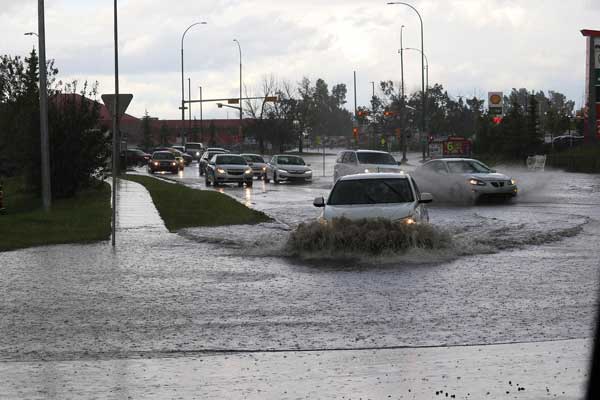Central Texas floods leave at least 135 dead in the deadliest U.S. inland flood in decades

[Photo Credit to Pixabay]
Catastrophic flash floods tore through Central Texas over the Fourth of July weekend, resulting in at least 135 fatalities and leaving dozens more missing in what officials have described as the nation’s deadliest inland flood in nearly half a century.
Triggered by remnants of Tropical Storm Barry and Pacific moisture, the storm dumped 20 inches of rain in under 12 hours across Kerr, Kendall, and Comal counties.
The Guadalupe River surged nearly 25 feet in one hour, sweeping away homes, vehicles, and campsites.
One of the hardest-hit sites was a Christian summer camp near Ingram, where floodwaters engulfed cabins overnight.
At least 14 children and staff died, and rescue operations continue in search for additional victims.
“We woke up to screaming and water rushing in. The cabins were gone in minutes,” recounted survivor Emily Lopez, 13, who clung to a tree until rescuers arrived.
Governor Greg Abbott declared a state of disaster, deploying 1,500 National Guard troops, while President Donald Trump approved a federal disaster declaration.
FEMA, local responders, and 2,000 volunteers are working around the clock, employing boats, helicopters, and drones to find survivors.
Authorities caution that the toll will likely rise as waters recede.
In Kerrville, more than 1,800 homes and businesses were damaged or destroyed, while power outages left over 100,000 residents without electricity.
Highways and bridges across the Hill Country remain closed, with repairs efforts expected to extend over several months.
“This is not just a local disaster - this is a statewide crisis,” stated Texas Emergency Management Chief Nim Kidd.
Experts assert that the magnitude of destruction highlights Texas’ vulnerability to extreme weather.
“Warmer air traps more moisture, so when storms hit, they release devastating amounts of rainfall,” explained Dr. Melissa Turner, climatologist at the University of Texas. “What happened in Kerrville may become more common.”
The flooding has renewed debate over floodplain development and preparedness across the state.
Despite the extensive devastation, residents are demonstrating resilience and solidarity together.
Churches and schools have opened as shelters, and donation drives across Texas are collecting supplies.
“We lost our homes, but not our spirit,” said Mark Hernandez, a Kerrville resident who escaped with his family. “We’ll rebuild. That’s what Texans do.”
Federal support initiatives to achieve long-term recovery are also underway.
President Trump, in a statement from the White House, called the flooding a “national tragedy” and pledged full federal support for recovery.
FEMA Administrator Deanne Criswell confirmed that federal disaster relief funds would be fast-tracked to affected communities.
Nevertheless, experts warn that the long-term recovery will be difficult and expensive, with damage estimates already topping $10 billion.
Reconstructing homes, infrastructure, and businesses could take years.
The disaster has sparked an outpouring of support from across the country and abroad.
States including Oklahoma, Louisiana, and New Mexico have already sent additional rescue crews and equipment.
On social media, hashtags like #TexasStrong and #PrayForKerrville have trended worldwide, highlighting both the grief and resilience of the affected communities.
The Central Texas floods leave behind a shattered landscape and grieving families, but also a stark reminder: climate-fueled disasters are no longer rare events - they are becoming regular reality in the Lone Star State.

- Katie Lee / Grade 10
- Seoul Scholars International

![THE HERALD STUDENT REPORTERS [US]](/assets/images/logo_student_us.png)
![THE HERALD STUDENT REPORTERS [Canada]](/assets/images/logo_student_ca.png)
